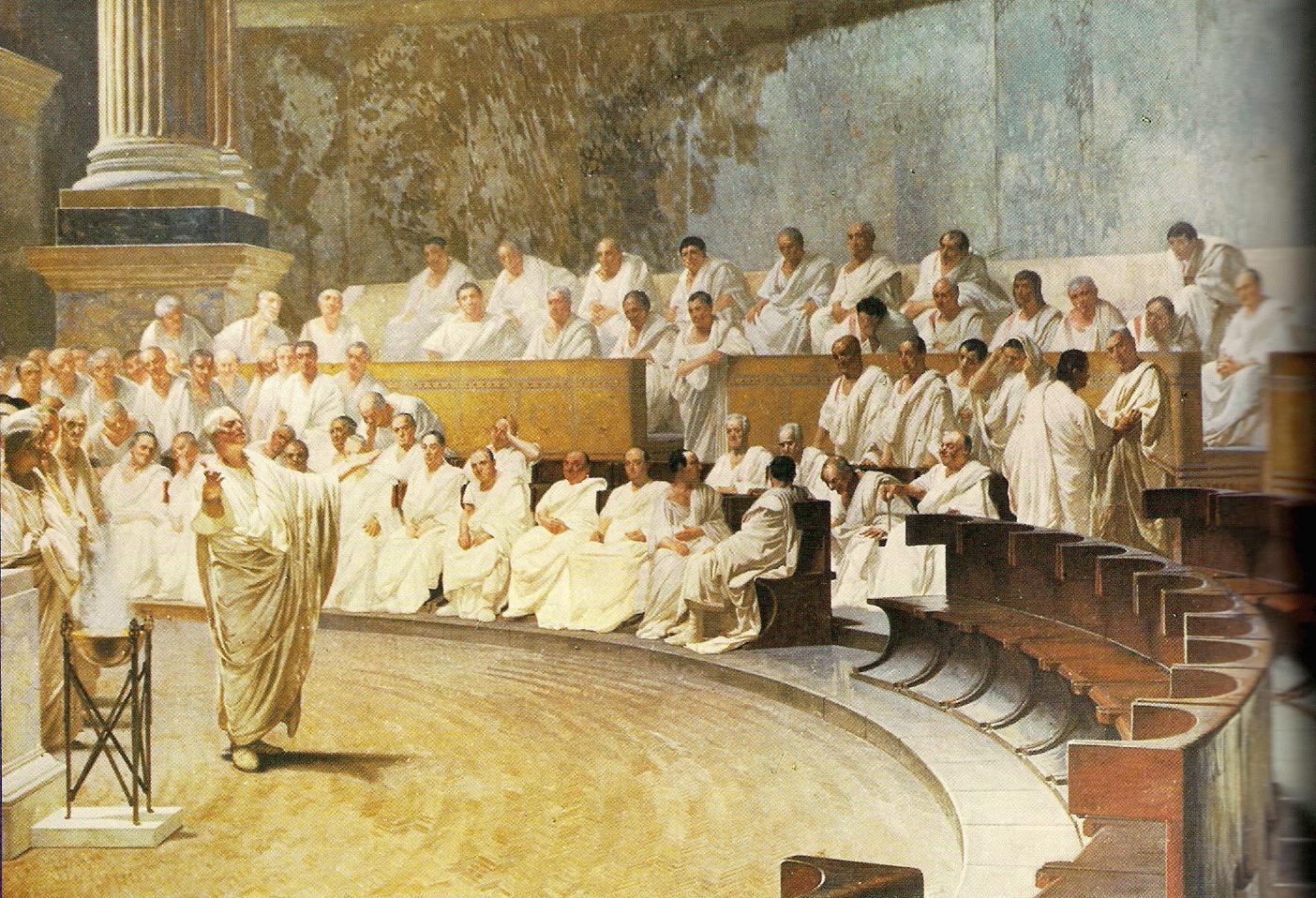Ancient Rome's Intricate Governmental Structure: A Historical Examination
What was the type of government in ancient Rome? The answer lies in an intricate political system that evolved over centuries, shaping the destiny of one of the most influential civilizations in history.
Ancient Rome's government was a complex blend of monarchy, aristocracy, and democracy, each element vying for power and influence. In the early days, Rome was ruled by kings, but as the city grew and its population expanded, the aristocracy gained prominence and established a republic.
The Roman Republic was characterized by a system of checks and balances, with power distributed among the Senate, assemblies, and magistrates. The Senate, composed of elder statesmen, served as an advisory body and wielded considerable influence in policymaking. Assemblies, where citizens gathered to vote on laws and elect officials, provided a voice to the people. Magistrates, elected for specific terms, carried out administrative and judicial functions.
The Roman government underwent significant transformations throughout its history. The late Republic witnessed the rise of powerful individuals, such as Julius Caesar, who gradually eroded the republic's institutions and ushered in an era of imperial rule. The Roman Empire, under the emperors, maintained the facade of republican structures while concentrating power in the hands of a single ruler.
The legacy of ancient Rome's government is vast and enduring. Its system of checks and balances, its emphasis on law and order, and its innovations in administration and infrastructure have influenced governments and societies worldwide.
Ancient Rome's Type of Government
Key Aspects
- Monarchy: Early Rome was ruled by kings, who held absolute power.
- Republic: The Roman Republic emerged in 509 BC, distributing power among the Senate, assemblies, and magistrates.
- Empire: The Roman Empire, established by Augustus Caesar, concentrated power in the hands of the emperor while maintaining republican structures.
Importance and Benefits
- Stability and Order: Rome's government provided a framework for maintaining stability and order within its vast territories.
- Citizen Participation: Assemblies allowed citizens to participate in the political process and influence decision-making.
- Legal System: Rome developed a sophisticated legal system that protected citizens' rights and ensured justice.
Historical Context
- Etruscan Influence: Rome's early government was influenced by the Etruscans, who ruled the region before the rise of Rome.
- Greek Influence: The Roman Republic adopted elements of Greek democracy, such as assemblies and elected officials.
- Expansion and Conquest: Rome's military conquests brought new territories under its control, necessitating the development of an effective administrative system.
Frequently Asked Questions (FAQs) on Ancient Rome's Type of Government
This section addresses common queries and misconceptions surrounding the type of government in ancient Rome, providing concise and informative answers.
Question 1: What were the different types of government in ancient Rome?
Ancient Rome's government evolved over time, transitioning from a monarchy to a republic and eventually to an empire. The monarchy, ruled by kings, was the earliest form of government. The republic, established in 509 BC, distributed power among the Senate, assemblies, and magistrates. The empire, established by Augustus Caesar, concentrated power in the hands of the emperor while maintaining republican structures.
Question 2: How did the Roman government maintain stability and order?
The Roman government employed various strategies to maintain stability and order within its vast territories. A strong military ensured internal security and defended against external threats. A system of laws and courts provided a framework for administering justice and resolving disputes. Additionally, the government implemented infrastructure projects, such as roads and aqueducts, to improve communication, trade, and access to resources.
Summary of key takeaways: Ancient Rome's type of government underwent significant transformations, adapting to the changing needs of its expanding empire. The monarchy, republic, and empire each played a distinct role in shaping Rome's political landscape. Understanding the evolution of Rome's government provides valuable insights into the foundations of Western political thought and the development of modern democratic systems.
Conclusion
The exploration of ancient Rome's type of government reveals a complex and evolving political system that played a pivotal role in shaping the course of Western civilization. From its early monarchical roots to the establishment of a republic and the subsequent rise of the empire, Rome's government demonstrated remarkable adaptability and resilience.
The legacy of ancient Rome's government extends far beyond the boundaries of its former empire. Its concepts of citizenship, law, and administration have profoundly influenced modern political thought and continue to shape democratic societies worldwide. By studying the type of government in ancient Rome, we gain valuable insights into the foundations of our own political systems and the challenges faced by societies as they strive to balance order, justice, and individual liberty.
Buddy Holly's Legacy: The Story Of His Child's Name
The Terrifying Truth: Predators That Target Humans
Delve Into The Delights: CPK's Menu Offerings

